When it comes to the animal kingdom, size can be deceiving. While Largest animals often steal the spotlight, some of the smallest creatures in the world showcase incredible adaptations and fascinating behaviors. From the minute bumblebee bat to the featherweight Etruscan shrew, these tiny animals remind us of nature’s remarkable diversity. Here, we explore ten of the Smallest Animals in the world, each unique in its own right, illustrating how even the tiniest beings play a vital role in their ecosystems.
Among the most notable contenders for the title of the smallest animal is the bumblebee bat (Craseonycteris thonglongyai), which weighs in at just about 2 grams and measures approximately 1.1 to 1.3 inches long. Found in Thailand and Myanmar, this bat thrives in limestone caves and plays an essential role in pollination. Another remarkable example is the Etruscan shrew (Suncus etruscus), often regarded as the smallest mammal by weight, weighing around 1.8 grams and measuring about 1.6 inches long, excluding its tail. This tiny creature, native to parts of Europe, Asia, and Africa, is known for its rapid metabolism and high energy levels. These Smallest Animals in the world, despite their size, exhibit incredible resilience and adaptability, proving that great things often come in tiny packages.
10 of the Smallest Animals in the world
1. Paedophryne Amauensis : The World’s Smallest Frog
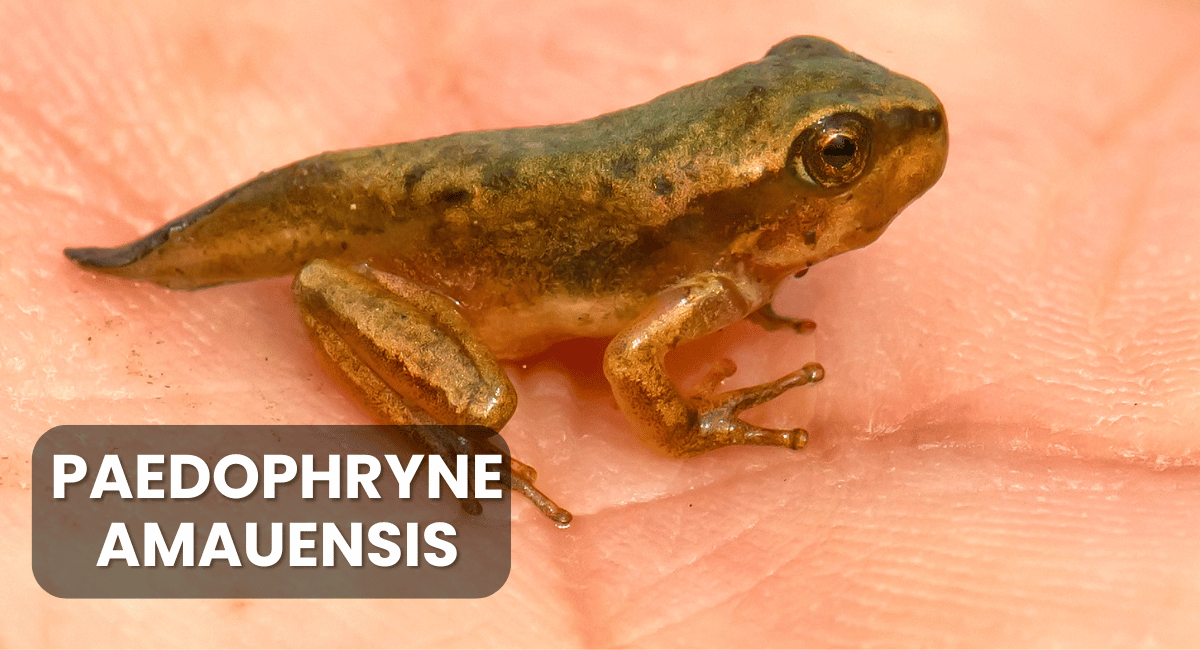
Paedophryne amauensis, discovered in the rainforests of Papua New Guinea, holds the title of the world’s smallest frog and vertebrate. Measuring just 7.7 millimeters (0.3 inches) in length, this tiny amphibian is smaller than a dime and can easily sit on a matchstick’s head. Found in 2009, it has become an important symbol of the region’s rich biodiversity. Its brownish, speckled coloring helps it blend into the leaf litter of its rainforest habitat, offering it excellent camouflage against predators.
Despite its size, Paedophryne amauensis plays a significant role in its ecosystem. It feeds on small invertebrates, helping to maintain the natural balance of the insect population. The frog’s size has sparked scientific curiosity about evolutionary adaptations, as it thrives in its dense, forested environment. However, like many species in Papua New Guinea, it faces threats from habitat loss due to deforestation, making its conservation vital for preserving the region’s unique biodiversity.
- Size: 7.7 millimeters (world’s smallest vertebrate)
- Habitat: Rainforest leaf litter in Papua New Guinea
- Diet: Small insects and invertebrates
- Conservation concern: Habitat loss due to deforestation
- Discovery year: 2009
By highlighting such unique creatures, we gain a deeper appreciation of the incredible diversity within the natural world, and the importance of conserving it for future generations.
2. Bumblebee Bat
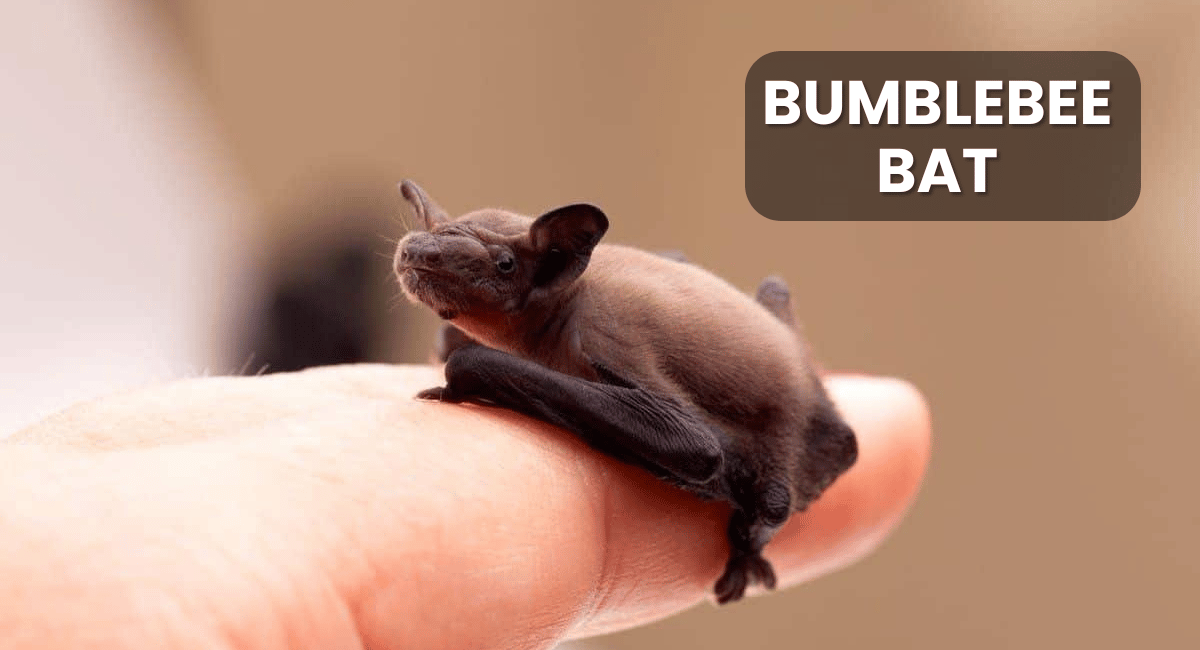
The Bumblebee Bat, also known as Kitti’s Hog-Nosed Bat (Craseonycteris thonglongyai), holds the title of the world’s smallest mammal. Native to parts of Thailand and Myanmar, this tiny bat weighs just about 2 grams and measures between 1.1 to 1.3 inches in length—roughly the size of a large bumblebee.
Its unique snout, resembling that of a pig, aids in its echolocation abilities, helping it navigate through limestone caves and forested areas where it resides. The bat feeds on small insects, which it skillfully catches mid-flight using its keen hearing and agile movements.
Despite its small size, the Bumblebee Bat plays an important role in its ecosystem. By controlling insect populations, it helps maintain the natural balance in its habitat. However, this species faces significant threats from habitat loss, primarily due to human activities such as deforestation and cave disturbances. Conservation efforts are essential to protect this rare species, which also serves as an indicator of environmental health in its native region.
- Size: 1.1 to 1.3 inches, weighing 2 grams
- Habitat: Limestone caves in Thailand and Myanmar
- Diet: Small insects
- Conservation status: Near-threatened due to habitat loss
- Unique feature: Hog-like nose for echolocation
By raising awareness about the Bumblebee Bat, we emphasize the need for habitat preservation to protect not only this tiny mammal but the entire ecosystem it supports.
3. Etruscan Shrew : The World’s Smallest Mammal by Weight
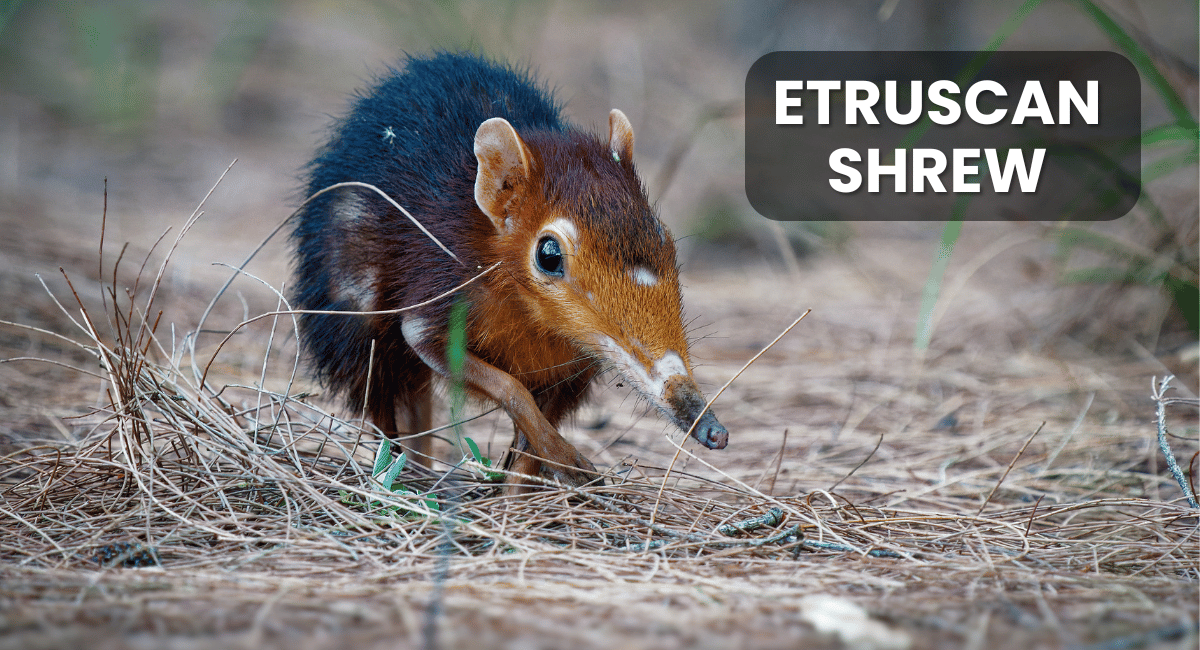
The Etruscan Shrew (Suncus etruscus) holds the title of the Smallest Animals in the world by weight, typically weighing around 1.8 grams. Despite its tiny size, it exhibits remarkable energy and metabolic activity. Measuring only about 1.6 inches long (excluding its tail), this shrew is found across various habitats, including forests, grasslands, and even urban areas in Europe, Asia, and North Africa. With its long snout and tiny eyes, the Etruscan Shrew is highly adapted to hunting small insects, worms, and other invertebrates, consuming up to twice its body weight in food each day to sustain its high metabolism.
This tiny creature’s role in controlling insect populations makes it an important contributor to the ecosystem. Its rapid movements and agility help it avoid predators, but its small size also makes it vulnerable to larger animals. The Etruscan Shrew’s adaptability allows it to survive in diverse environments, highlighting its resilience despite its fragility. However, habitat destruction and environmental changes could pose threats to its populations in the future, making conservation efforts necessary to preserve its role in maintaining ecological balance.
- Size: 1.6 inches in length, weighing around 1.8 grams
- Habitat: Forests, grasslands, and urban areas across Europe, Asia, and North Africa
- Diet: Insects, worms, and other invertebrates
- Metabolism: Consumes twice its body weight in food daily
- Conservation concerns: Vulnerable to habitat loss and environmental changes
The Etruscan Shrew is a fascinating example of how even the tiniest creatures play crucial roles in ecosystems, contributing to the balance of life in their respective habitats.
4. Speckled Padloper Tortoise: The World’s Smallest Tortoise
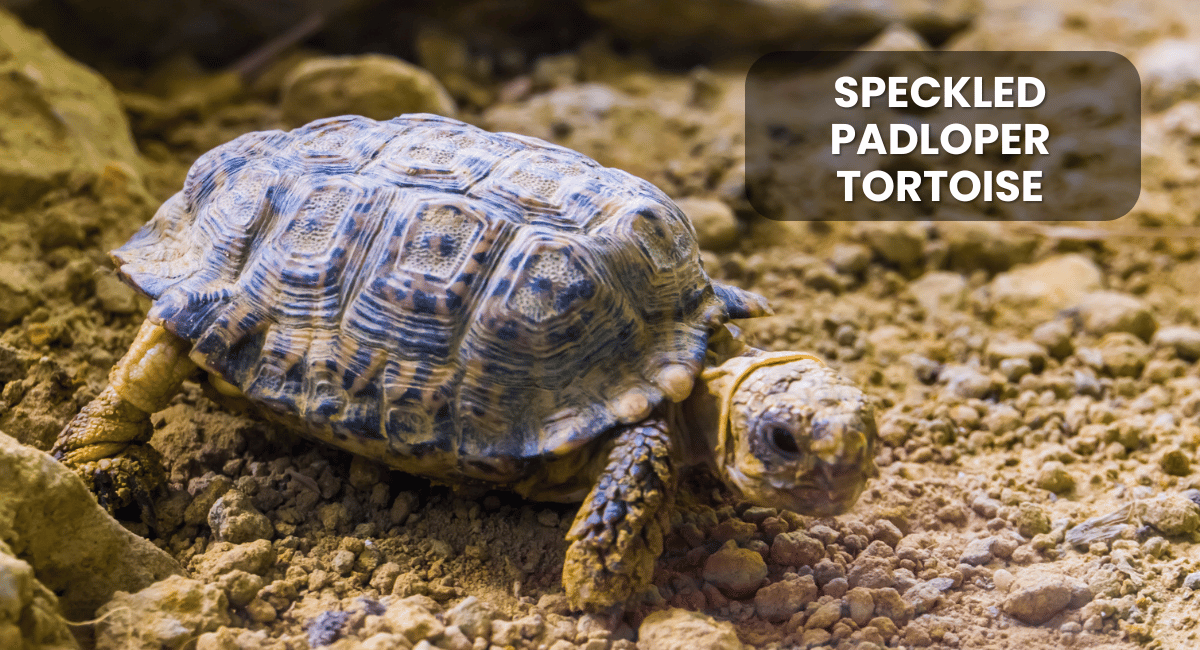
The Speckled Padloper Tortoise (Homopus signatus), native to South Africa, is the world’s smallest tortoise species. Reaching just 4 to 5 inches in length, this tortoise has a beautifully patterned shell covered in yellow and brown speckles, which helps it blend into its rocky habitat. It thrives in the semi-arid, rocky outcrops of the Western and Northern Cape regions, where it feeds on a diet of succulent plants, leaves, and flowers. Its small size and rocky camouflage provide effective protection from predators, making it well-adapted to its environment.
Unfortunately, the Speckled Padloper is classified as a vulnerable species, largely due to habitat loss and illegal collection for the pet trade. Conservation efforts are crucial to preserving its unique ecosystem and ensuring the survival of this diminutive tortoise. Local initiatives are focused on protecting its habitat and raising awareness about the importance of biodiversity.
- Size: 4 to 5 inches in length
- Habitat: Rocky outcrops in the semi-arid regions of South Africa
- Diet: Succulent plants, leaves, and flowers
- Conservation status: Vulnerable due to habitat loss and illegal trade
- Key feature: Speckled shell for camouflage among rocks
By protecting the Speckled Padloper Tortoise and its natural habitat, we ensure that this remarkable species continues to contribute to the balance of its delicate ecosystem.
5. Pygmy Marmoset: The World’s Smallest Monkey

The Pygmy Marmoset (Cebuella pygmaea), often referred to as the Smallest Animals in the world, is a captivating primate native to the rainforests of the Amazon Basin in South America. Weighing just 4 to 5 ounces and measuring around 5 inches in length (excluding its tail), these tiny creatures are highly agile and well-adapted to life in the dense forest canopy. Their small size allows them to leap between branches with ease, and their sharp claws enable them to cling to tree trunks while feeding on tree sap, insects, and small fruits. Known for their playful behavior and golden-brown fur, pygmy marmosets are social animals that live in small family groups, communicating with high-pitched calls and whistles.
Despite their small size, pygmy marmosets play an important ecological role in their rainforest habitat. By feeding on tree sap and spreading seeds, they contribute to the forest’s health and regeneration. However, their populations are increasingly threatened by habitat loss due to deforestation. Conservation efforts focused on preserving the Amazon’s unique biodiversity are essential to ensure the survival of this species.
- Size: 5 inches in length, weighing 4 to 5 ounces
- Habitat: Amazon rainforests in South America
- Diet: Tree sap, insects, and small fruits
- Conservation status: Vulnerable due to habitat destruction
- Social structure: Live in family groups, communicate with high-pitched calls
Pygmy marmosets remind us of the importance of conserving rainforests, not just for large animals, but for the small creatures that play a crucial role in maintaining the balance of these complex ecosystems.
6. Brookesia Micra: The World’s Smallest Chameleon
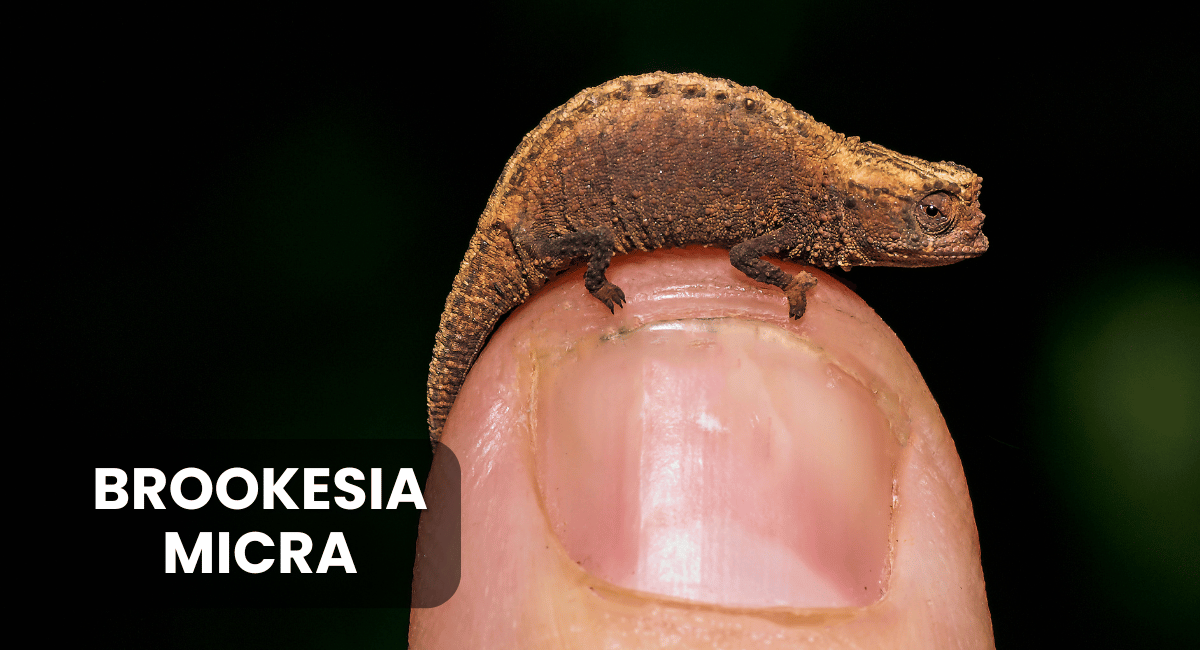
Brookesia micra, recognized as the world’s smallest chameleon, is a remarkable species native to the island of Madagascar. Discovered in 2007, this tiny reptile measures just about 13.5 millimeters (0.53 inches) in length when fully grown, making it one of the smallest reptiles on the planet. Its diminutive size allows it to blend seamlessly into the leaf litter of its rainforest habitat, where it primarily resides. This effective camouflage is crucial for its survival, helping it evade predators while hunting for small insects that constitute its diet.
In addition to its small size, Brookesia micra is fascinating for its unique adaptations. Like other chameleons, it possesses the ability to change color, although this feature is less pronounced than in its larger relatives. The chameleon exhibits remarkable behaviors, such as basking in the sun to regulate its body temperature and using its long, sticky tongue to capture prey with precision. Due to its limited habitat and specific environmental needs, Brookesia micra faces threats from habitat destruction and climate change. Conservation efforts are essential to ensure the survival of this extraordinary creature, which highlights the incredible biodiversity found in Madagascar’s ecosystems.
- Size: Approximately 13.5 millimeters (0.53 inches) in length
- Habitat: Leaf litter in Madagascar’s rainforests
- Diet: Primarily small insects
- Unique feature: Ability to change color, although less pronounced than in larger chameleons
- Conservation status: Vulnerable due to habitat destruction and climate change
Brookesia micra serves as a stunning example of the intricate adaptations of nature, illustrating how even the tiniest creatures can play significant roles in their ecosystems. Protecting their habitat is crucial for maintaining the biodiversity and ecological balance of Madagascar’s unique environment.
7. Pygmy Rabbit : The Smallest Rabbit in North America
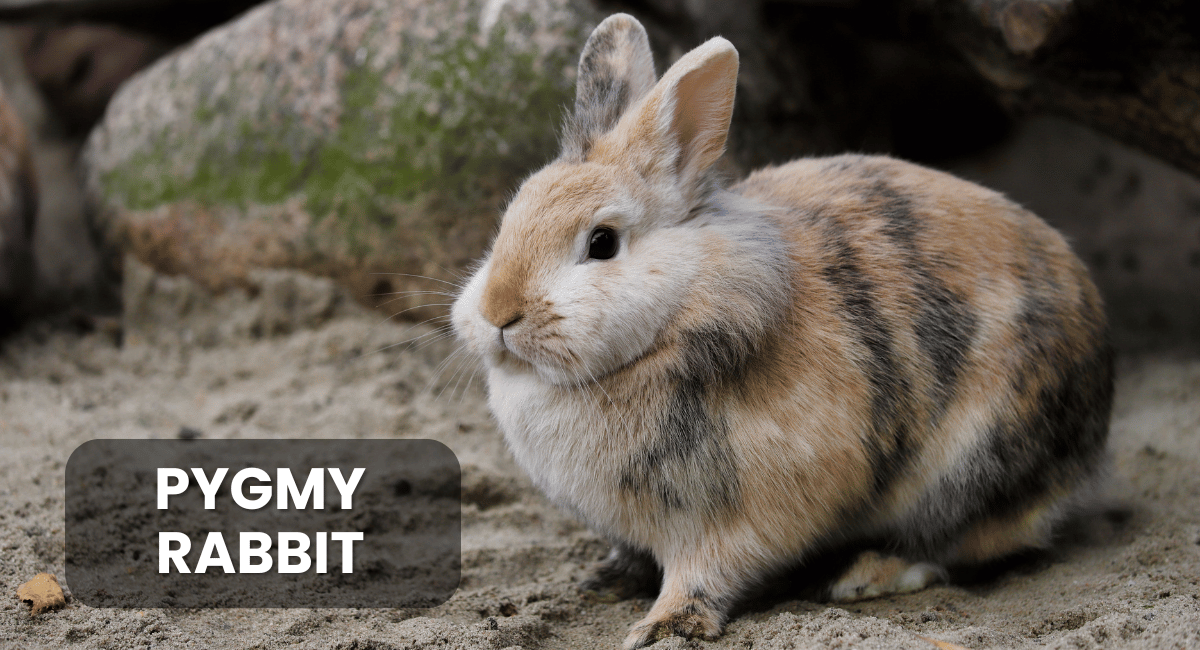
The Pygmy Rabbit (Brachylagus idahoensis) is the smallest rabbit species in North America, known for its petite size and unique adaptations. Weighing between 1 to 2 pounds and measuring about 9 to 12 inches in length, these tiny rabbits have short ears and fluffy tails, perfectly suited to their sagebrush habitats in the western United States, particularly in Idaho, Nevada, and Wyoming. Their soft, grayish-brown fur provides excellent camouflage in the dry, shrub-filled landscapes, helping them stay hidden from predators. Unlike other rabbit species, pygmy rabbits are exceptional diggers, creating complex burrow systems that offer protection from extreme weather and predators.
Pygmy rabbits primarily feed on sagebrush, which makes up the bulk of their diet, supplemented by grasses and herbs. Their burrowing behavior is unique among rabbit species and showcases their adaptability to harsh environments. Unfortunately, habitat loss due to agricultural expansion, urban development, and wildfires threatens their populations. Conservation efforts are essential to protect their delicate ecosystems and ensure the survival of these charming rabbits.
- Size: 9 to 12 inches in length, weighing 1 to 2 pounds
- Habitat: Sagebrush ecosystems in the western United States
- Diet: Primarily sagebrush, along with grasses and herbs
- Unique behavior: Digs extensive burrow systems for shelter
- Conservation status: Vulnerable due to habitat loss
Pygmy rabbits are a reminder of how vital it is to conserve even the smallest creatures and their habitats, as they play key roles in maintaining the ecological balance of their environments.
8. Madame Berthe’s Mouse Lemur : The World’s Smallest Primate

Madame Berthe’s Mouse Lemur (Microcebus berthae) holds the title of the Smallest Animals in the world. Native to Madagascar, this tiny lemur measures approximately 3.6 inches in body length and weighs around 1.1 ounces, making it a fascinating example of the island’s incredible biodiversity.
With large, expressive eyes adapted for nocturnal living, Madame Berthe’s mouse lemur is primarily active at night, searching for fruits, insects, and small vertebrates to eat. It inhabits the dry deciduous forests of Madagascar, where it plays a crucial role in the ecosystem through seed dispersal, helping maintain the health of its forest habitat.
Despite its adorable appearance, Madame Berthe’s mouse lemur faces significant threats to its survival. Habitat loss caused by deforestation, agricultural expansion, and climate change has led to a decline in its population. Conservation efforts are critical to protecting this tiny primate and its natural environment. Researchers are working to raise awareness about the importance of preserving Madagascar’s unique biodiversity and implementing measures to safeguard the habitats of this remarkable species.
- Size: 3.6 inches in body length, weighing about 1.1 ounces
- Habitat: Dry deciduous forests of Madagascar
- Diet: Fruits, insects, and small vertebrates
- Conservation status: Endangered due to habitat loss
- Key role: Important for seed dispersal and maintaining forest health
Madame Berthe’s mouse lemur not only captivates wildlife enthusiasts with its charm but also serves as a poignant reminder of the fragility of ecosystems and the urgent need for conservation efforts to protect the smallest and most vulnerable species.
9. Leptotyphlops Carlae : The World’s Smallest Snake
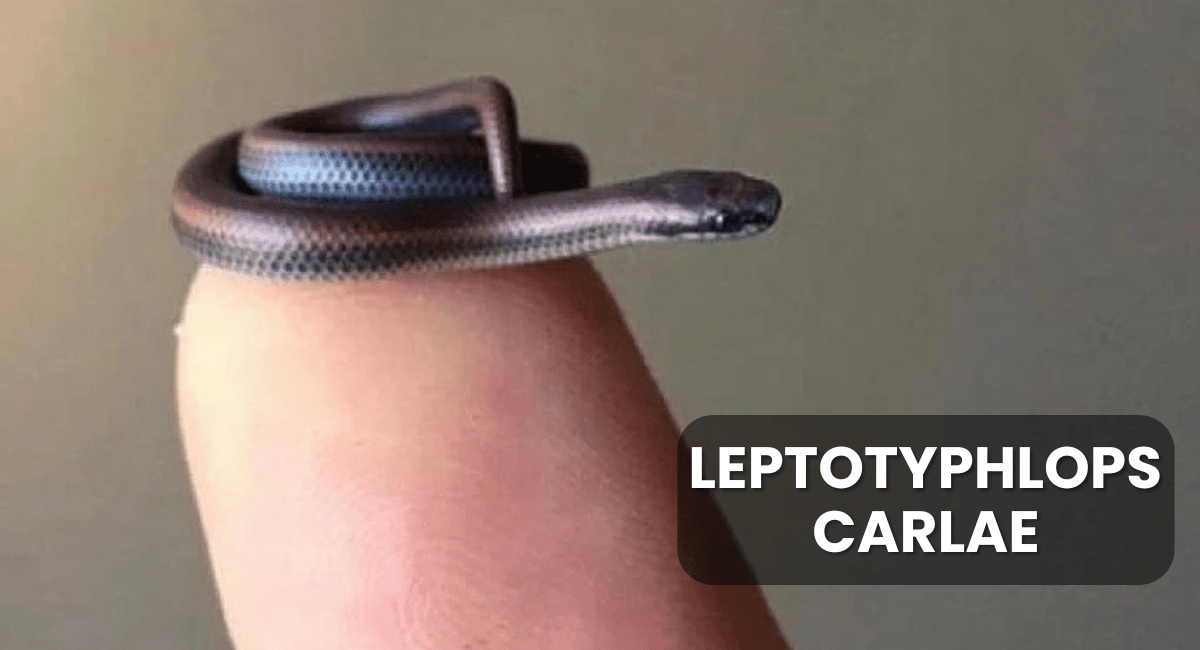
Leptotyphlops carlae, commonly known as the Barbados threadsnake, is recognized as the Smallest Animals in the world. Measuring approximately 4 inches in length, this slender serpent is native to the Caribbean island of Barbados. Its pale, almost translucent skin and elongated body enable it to blend seamlessly into its surroundings, often being mistaken for a worm. The threadsnake primarily inhabits the leaf litter and soil of its forest environment, where it spends most of its life underground, making it an elusive species.
This tiny snake primarily feeds on small invertebrates, such as ants and termites, contributing to the ecological balance by controlling pest populations and aiding in soil aeration. Despite being harmless to humans, Leptotyphlops carlae faces threats from habitat loss due to urban development and invasive species. Conservation efforts are vital to protect this unique creature and its natural habitat, ensuring that even the smallest species continue to thrive.
- Size: Approximately 4 inches in length
- Habitat: Forests and underground burrows in Barbados
- Diet: Small invertebrates, primarily ants and termites
- Conservation status: Vulnerable due to habitat loss and invasive species
- Key feature: Often mistaken for a worm due to its slender body and pale skin
Leptotyphlops carlae serves as a reminder of the incredible diversity of life and the importance of conserving even the smallest creatures, which play crucial roles in their ecosystems. Protecting their habitats is essential for maintaining the balance of nature and preserving the unique biodiversity of the Caribbean.
10. Fairyfly : The Tiniest Insect in the World
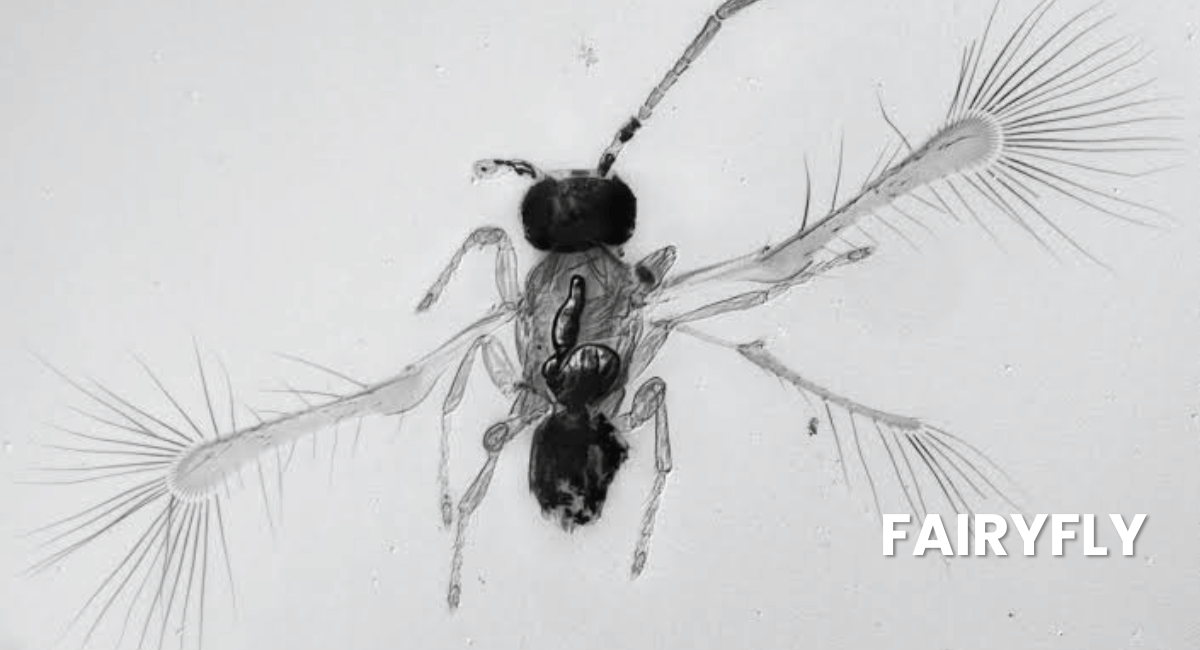
The fairyfly, scientifically known as Tinkerbella nana, is celebrated as the Smallest Animals in the world, with some individuals measuring less than 0.2 millimeters in length. Found primarily in the rainforests of Costa Rica, this diminutive creature belongs to the parasitic wasp family and is notable for its delicate, gossamer wings that give it an ethereal appearance. Despite its minuscule size, the fairyfly plays a crucial ecological role by parasitizing the eggs of other insects, particularly those of leafhoppers. This behavior helps regulate pest populations, showcasing how even the tiniest insects can have significant impacts on their ecosystems.
The life cycle of the fairyfly is as fascinating as its size. After mating, female fairyflies seek out host eggs where they lay their own eggs, allowing their larvae to develop inside. This highly specialized parasitic strategy requires extraordinary precision, as the fairyfly must navigate to find suitable host eggs in the dense foliage of its habitat. Due to its small size and unique reproductive methods, the fairyfly is an intriguing subject for scientific research, shedding light on the complexities of insect life and the vital roles these tiny creatures play in maintaining ecological balance.
- Size: Less than 0.2 millimeters in length
- Habitat: Rainforests of Costa Rica
- Diet: Parasitizes the eggs of other insects, mainly leafhoppers
- Key feature: Delicate, gossamer wings
- Ecological role: Helps regulate pest populations
The fairyfly is a remarkable example of nature’s intricacies, demonstrating that even the Smallest Animals in the world are essential to the health and balance of their environments. Protecting their habitats is vital for preserving the biodiversity of the rainforest and the myriad life forms that depend on it.



